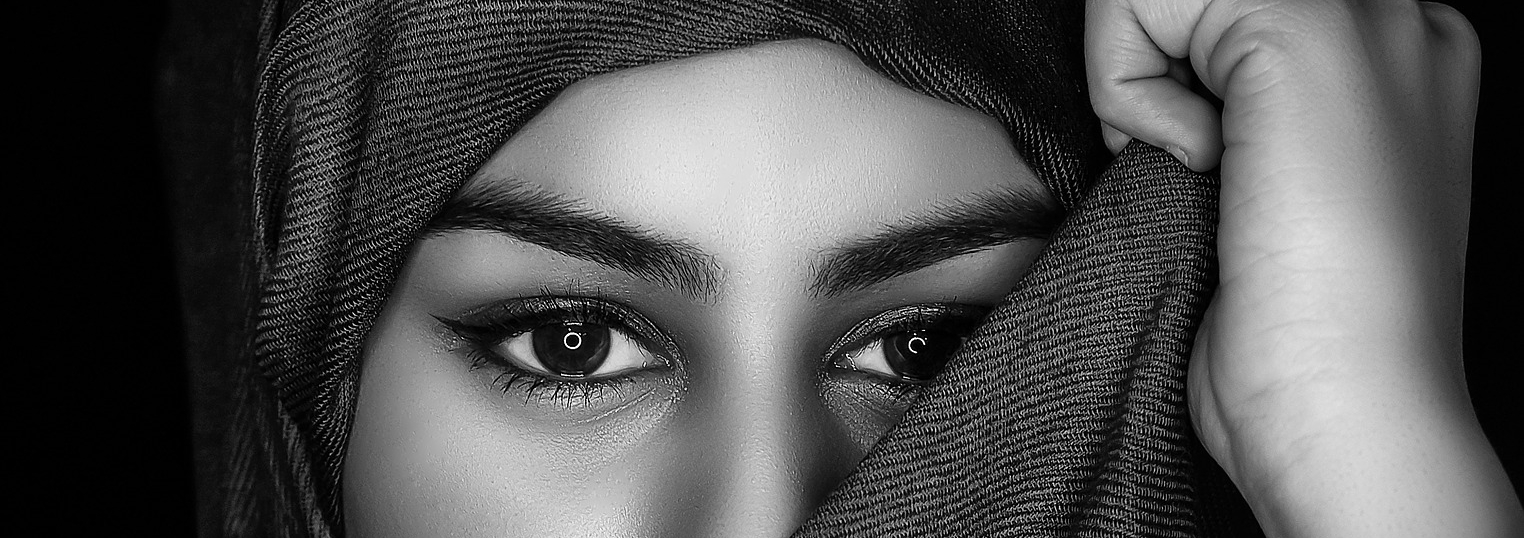The Little Things
by Jillian Avalon
As writers, we make our worlds real through details. Part of asking a reader to trust you is reassuring them with little things that feel right, familiar, accurate. Even a small mistake can throw a reader out of the narrative. We can’t get everything right for every reader, but we do have some responsibility to find solid details that suit the story and the setting, to inhabit the world fully.
The novel I’m working on is recent history, but most of it is before I was born, while my parents were still young, and not what I “know” from my own experiences. I do my best to learn as much as I can. I read books. I watch documentaries and miniseries. I listen to podcasts about politics and music in the era. I make special Pandora stations. I interview my mother for everything I can get and look around for people with longer memories, so I can interview for more.
I have come to realize that this kind of research gives me an overview, a big picture, and it’s helpful. What it doesn’t give me, necessarily, is details. A few do pop up. I did learn from Pattie Boyd’s book that models in the sixties were responsible for their own makeup and bringing their own accessories. I wondered about bus lines in 1956 and was able to find certain stops on a long-running line that had stayed the same. But the most interesting details of research take me by surprise and remind me how much I don’t know.
I watch a lot of British mysteries, and lately I’ve been plowing my way through the Endeavour series, set in Oxford in the mid-1960s. In a small scene where a secretary decides to say something she’s remembered, she places a call to the main character by first pulling off her earring and then dialing the phone—starting with letters, then numbers—to pass on her information. I had three thoughts fly through my brain.
1. Women took off their earrings to make phone calls? That would be so inconvenient.
2. Did she just pull off her earring? Is that like how in movies people tug off necklaces instead of using the clasps without breaking anything, or were clip-ons the main earrings in the sixties?
3. I wonder what the history of telephone numbers in the UK was. When did they switch to numbers-only dialing?
My mother was able to answer the first two, but she admitted she’d never have thought about a detail like that when she was telling me about the sixties. Women didn’t really pierce their ears, and thus pulling off an earring for comfort before making a call wasn’t a big deal—it was the norm! But those kinds of details are the ones that make something feel real, feel period. It threw me out of the piece because I didn’t know people did that, but it might have thrown someone else out of the piece if she hadn’t pulled off her earring.
She didn’t know when they changed to all-digit dialing, so I had to dip into a two-hour hole of research to learn all the particulars of phone numbers in England from the late fifties to 1995 (when the area codes were changed to the most recent usage). But if I hadn’t watched that show, I wouldn’t have dreamed of doing the research.
While revising this post, I happened to be listening to a BBC News podcast from earlier in the month discussing the new all-digital format of a magazine called New Musical Express. I’d never heard of it, and the bulletin almost flitted across my conscious mind while I pondered the merits of cutting or deleting a particular paragraph. When the broadcaster announced that NME made its fame in the 60’s by following the big bands of the era, I paused the podcast, cursed myself for not keeping my notes handy, and scrambled around the house to find the journal in which I was keeping detail tidbits for the novel. When I pressed play, I took down particulars and jotted down a few questions to dig into later:
What were some of their most famous covers of the period? What sort of “following around” articles did they dig up in the 60’s? Who were some of the more obscure new artists they promoted in the 70’s?
I saved the podcast episode, organized the questions in order of relevance, and made two promises to myself. First, I will now keep dedicated journals anywhere I might consume accidentally useful media content, including next to the tv remote, right beneath my phone cord, in the glovebox, and in my purse. Second, I’m scouring the internet for anything I can find about NME this weekend. Probably a sliver of it will end up in the novel, but that might be what it takes to find those key details.
Do you have to know everything about a time or a topic to write? No. You just pay attention to the world and be willing to dive into the deep end of a detail for research. So, to amend an old favorite:
Write what you know; learn what you don’t. Repeat.
Jillian Avalon is a current degree candidate at The Mountainview Low Residency MFA in Fiction and Nonfiction.



















